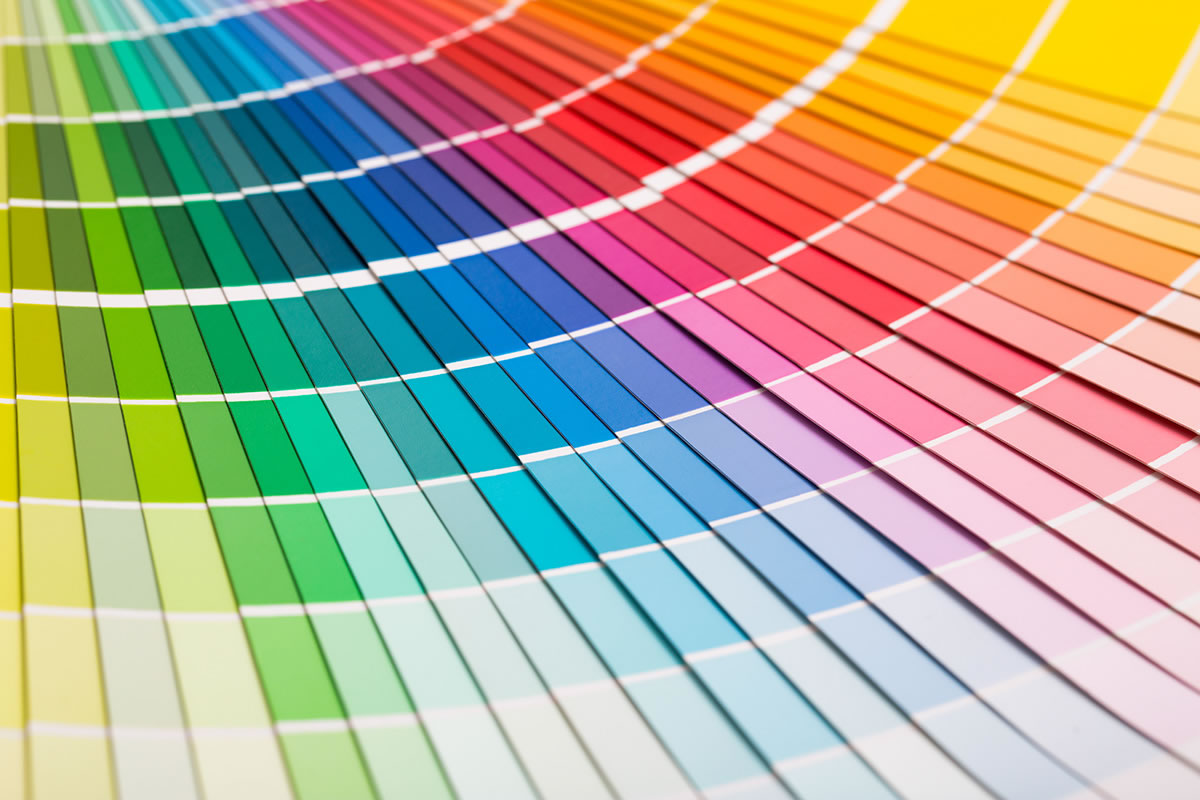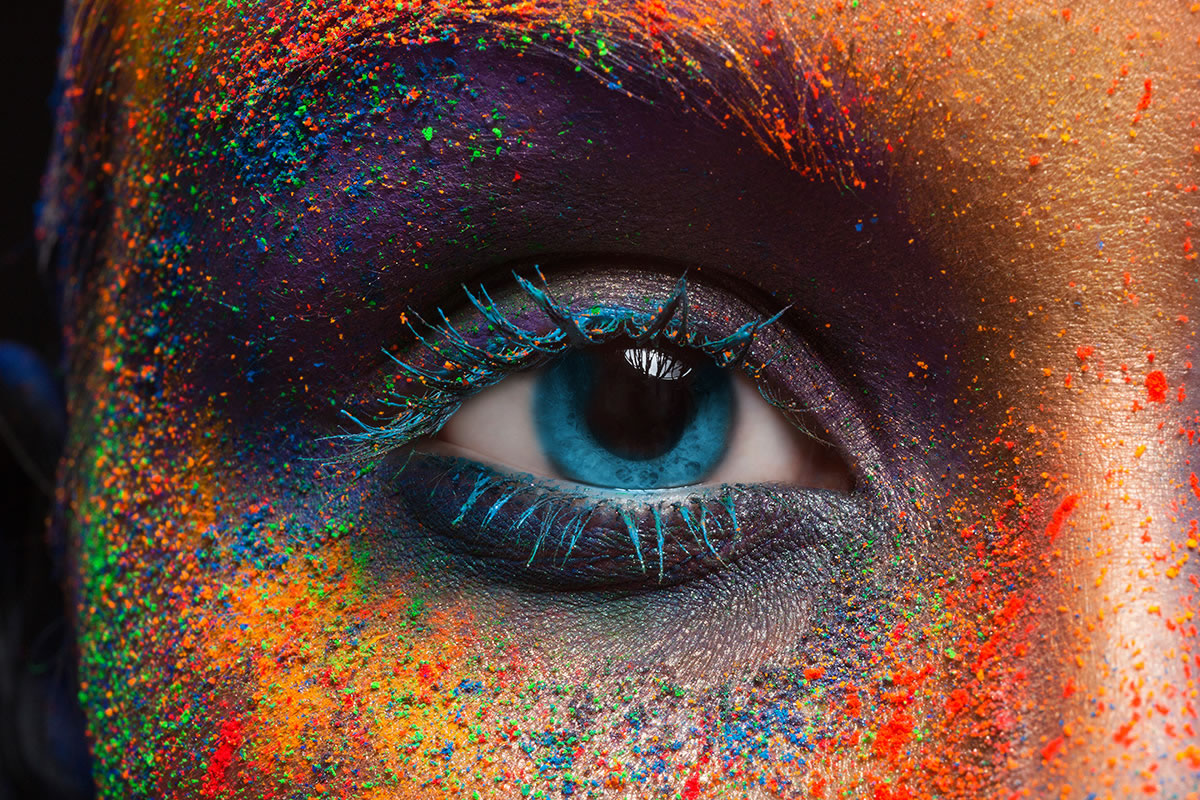Developing a successful brand can be very challenging. It must encapsulate a business’s brand personality, values, market niche, identity and target audience in a clear way. It usually takes a lot of development time to get it right.
One of the most important elements to consider while building a brand is colour. Colours can trigger an emotional response in viewers, ones that can drastically change their perception of the brand. In this blog entry, we are going to explain how colour functions and share our insights on choosing the right colour for your brand.

Why Is Colour So Important?
Humans are highly reliant on visual perception. What our eyes see helps us make sense of the environment around us, just like how our senses of smell or hearing operate.
Our brains are hardwired to identify colours and patterns that indicate a source of food or a threat of some sort. Once the human brain has managed to identify a new colour, activity in the cerebral cortex and central nervous system will be triggered. The human brain will instantly produce chemicals that are going to elicit an emotional response of some sort, a process that is strongly related to our survival instincts.
Let us examine the example of the colour red. It can provenly elicit feelings of caution, since our blood is red. Red can also make a person feel tense and ready for action. Green, on the other hand, can make us feel calm and at ease. This is largely related to the fact that the human brain tends to associate green with plants that used to provide cover from predators or with certain kinds of vegetables. If perception of colour is important for human survival, just think about what it means for your brand.
Being exposed to colour can also trigger memories of certain events, people or places. This can increase the emotional impact of specific colours even more for some people. A person’s cultural background can even play a major role in determining their perception of colours, as different groups of people may have learned to associate colours with different types of events.
People in western countries, for instance, tend to associate the colour black with death, as it is traditionally worn at funerals. However, Chinese families wear white at funerals, making it safe to assume that the two do not share the same association. These types of cultural associations should be kept in mind while implementing marketing activities that expose a brand to a specific audience.
Additionally, the human brain recognises colours with long wavelengths (red, orange, yellow) more rapidly than ones with short wavelengths (violet, indigo, blue, green). This is one of the reasons why colours like the former feel energetic and lively, while colours like blue and green appear as less stimulating. It also explains why high-impact brands often use the colour red.
Choosing A Colour For Your Brand
Here are a few considerations to keep in mind when thinking about which colours to use in your brand strategy.
The Target Audience
Successful brand-building is always customer-centric. Think about the kinds of people that will be using your product. Are they young, energetic and looking for fun? Or are they looking for safety, security and serenity? Will the colour of choice be memorable and appealing to people in your target demographic? Remember to consider several cultural factors, prior to assessing the kinds of colours that will resonate with your audience.
Your Competition
Strategic and intelligent use of colour in branding can lead your brand towards product or service differentiation more easily. A clear example would be Apple’s G3 commercial from the 1990s. The lesser-known back then tech giant had managed to associate computers with the brown boxes they normally arrived in, while associating their own computers with vivid, bright and intriguing colours.

Brand Archetype
Brand archetypes are genres which brands fit into. One example is the Sage archetype, which is used by businesses seeking to convey a sense of wisdom and knowledge. Each archetype is associated with certain colours. So, if you wish to reinforce a particular archetype, it may be worth using one of the colours associated with it.
What Are The Psychological Effects Of Common Colours?
While the precise effect of colour may vary, as they are largely connected to each person’s culture and life experiences, science indicates that most people tend to make the following associations between colours and emotions:
• White
Purity, cleanliness, innocence, space, neutrality
• Black
Mourning, death, authority, strength, evil, intelligence
• Grey
Practical, austere, dull, neutral
• Red
Danger, excitement, comfort, romance, love
• Orange
Energy, health, warmth, excitement, wealth, sophistication
• Yellow
Intensity, happiness, warmth, optimism, attention
• Green
Peace, tranquility, nature, cool, money, health, fertility
• Blue
Peace, loyalty, trust, serenity, focus
• Purple
Wisdom, royalty, prosperity, mystery, spiritualism
• Brown
Stability, nature, organic, warmth, reliability
• Pink
Calm, romance, fun, love





